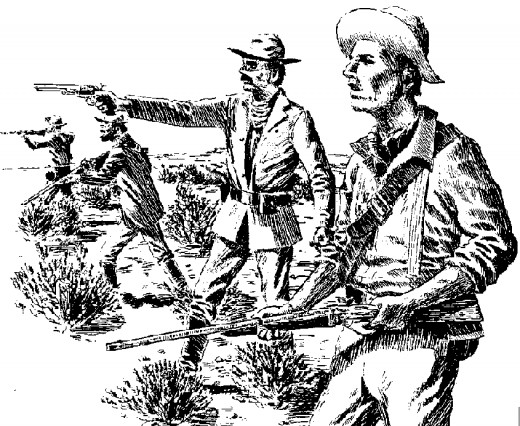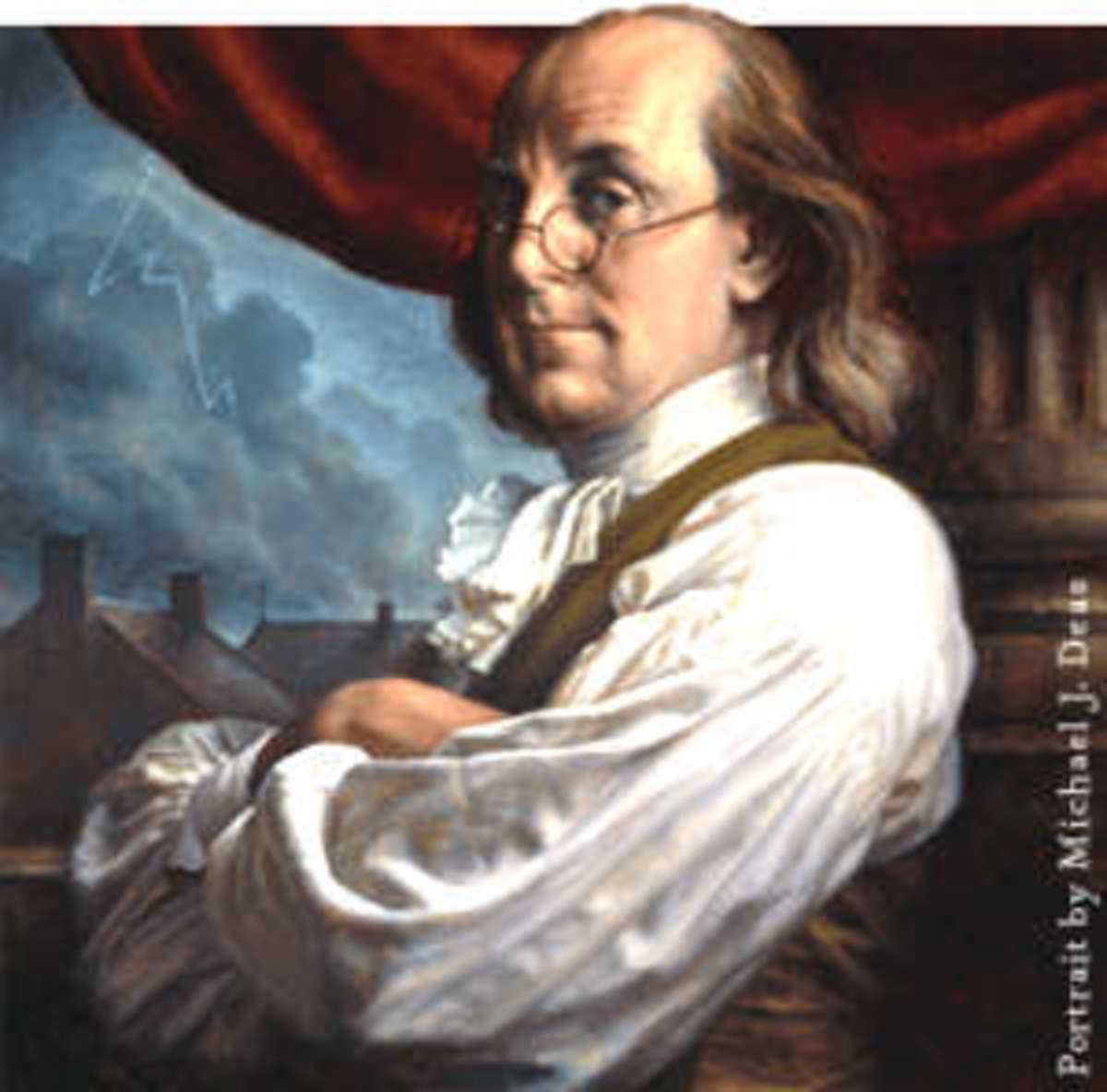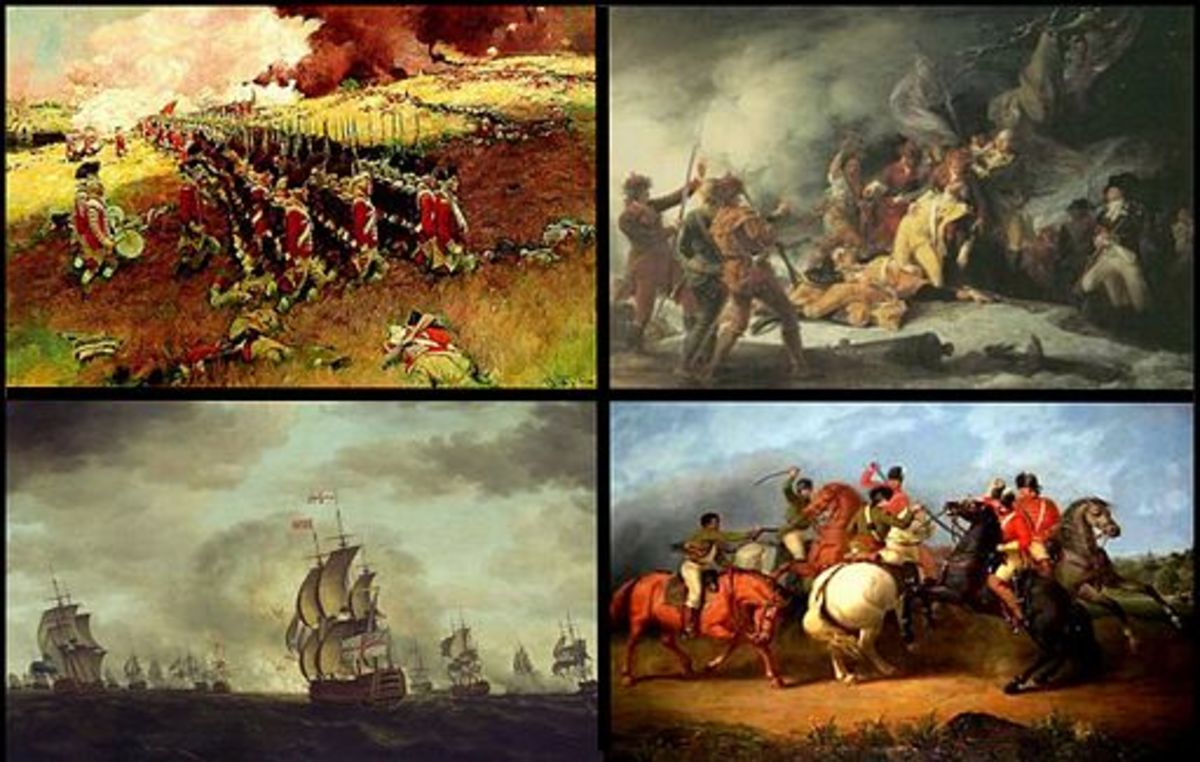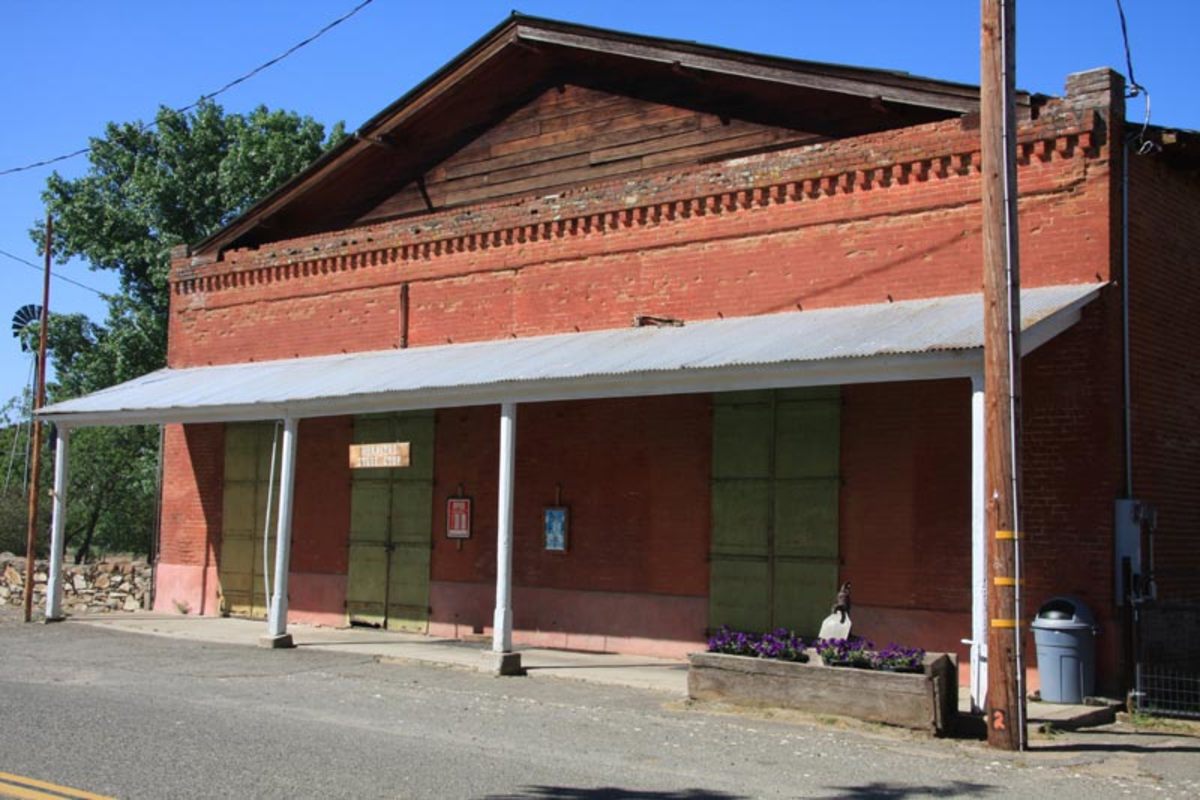- HubPages»
- Education and Science»
- History & Archaeology»
- History of the Americas
John Mason's "Copperhead Murderers"



John Mason, along with James Henry, was a leader of the notorious Mason Henry Gang. The gang hid behind the guise of Confederate partisan rangers, but were little more than outlaws who rampaged throughout California during the 1860s committing robberies and murders. Exactly when and where Mason was born is not known other than it was somewhere in the south.
He reportedly worked as a stage hostler and had killed several men prior to his involvement with the gang. Mason was described as a stocky man, about 5 feet 7 inches in height, weighing about 170 pounds with light reddish colored hair and blue eyes.
In the spring of 1864 the gang rode into Santa Clara County to recruit new members. Although the county was known to have a large population of southern sympathizers, referred to at the time as “Copperheads,” they had little success. By October, 1864, with the Presidential election just around the corner and the Civil War coming to a close, the Mason Henry gang began to break up into smaller bands.


But, because they called themselves Confederate soldiers, they continued to have support from Copperheads. They publicly declared to kill every "Black Republican" they ran across. The term "Black Republican," was a term coined by Democrats in 1854 to describe the newly formed Republican Party and abolitionists.
The Mason Gang committed two murders on November 10, 1864, following President Lincoln’s reelection. They occurred after a party held at the Elkhorn Butterfield Stagecoach Station in West Sacramento, California. George Robinson, who ran the station, was a staunch Union supporter from Maine. He had been drinking heavily and while intoxicated began hurling indecent insults about southern women in general.
The Mason Henry Gang was camped nearby and when told about Robinson’s remarks, Mason became enraged. Several gang members mounted their horses and followed Mason to the station. They ran across Robinson heading home after doing some field work. With revolvers drawn, they surrounded him. Mason point blank asked if he had made any disparaging comments about the virtue of Southern women. Naturally, being in such a fix, he denied it.
Mason pointed his pistol at Robinson and forced him to kneel on the ground and swear he hadn’t. Robinson did as he was told and then got back on his feet. But, Mason was intent on killing him regardless of what he said, simply because he was a Union supporter and a Black Republican. Mason pulled the trigger, but his pistol misfired. As Robinson made a break for it the rest of the gang cut him down.
Following the execution of Robinson the gang rode to another stage stop further up the road. There they murdered Joseph Hawthorne the station operator, also because he was a Union sympathizer. When newspapers got hold of the incidents they quickly labeled the Mason Henry Gang the "The Copperhead Murderers." A $500 reward was posted for their arrest.
The Gang went into hiding at a camp in the mountains. While lying low, the gang often rode into nearby Watsonville in the San Joaquin Valley where where locals supporting secessionists offered them shelter. Henry used the alias “Spotty” McCauley while Mason became known as John J. Monroe. While in the area the gang terrorized the surrounding counties for several months. They held up a stage on the road from Watsonville to Visalia, killing three men. They continued their mission of killing every Republican they met. Of course, they committed these crimes under the pretense of being Confederate guerrillas.
Around April 1865 the gang began stepping up their attacks even though the Civil War was all but over except for the papers being officially signed on the dotted line.
The Gang attacked Firebaugh’s Ferry and when the Commander at Camp Low got word he dispatched a detachment after them. They ran across a lone Mason the next morning. When the bandit spotted them, he turned his mount and made a run for it. A rifle shot buried a bullet in Mason’s hip and he fell off his horse. When the soldiers closed in they found Mason’s horse, but no Mason. The detachment returned to Camp with nothing but a horse for their efforts.
When the Civil War officially ended, Mason’s gang no longer had a noble cause to hide behind and their true colors began to show. Now, it made no difference to the gang who they robbed or killed. It was reported the gang had taken to scalping innocent Mexicans and selling the scalps for money as well as stealing horses.
Authorities in Central California began pressuring law enforcement agencies to put an end to their atrocities. Mason’s gang was forced further south into Los Angeles County where they hid out in the mountains.
James Henry was killed in a shootout with a posse in the hills of San Jacinto after a drunken gang member spilled the beans to intrepid San Bernardino Sheriff, Ben Matthews, of the gang’s whereabouts.
Meanwhile, Mason still had a $500 bounty on his head. While hiding in the mountains near Fort Tejon he tried to recruit Ben Hayfield, a former Indian fighter of some note, into the gang. The man agreed, but only because he was aware of the reward on Mason and he saw an opportunity to collect it. Hayfield shot Mason through the neck one evening as he was preparing to bed down. He died instantly.





